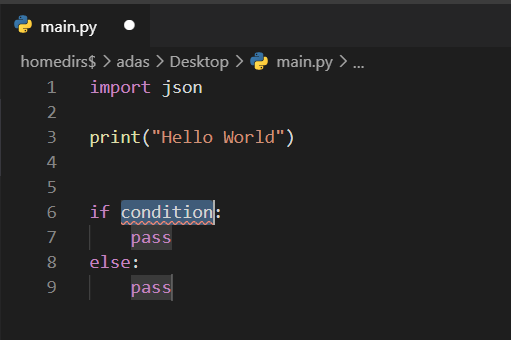

Note: Instance types and limits may change in the future. By default, shinyapps.io deploys all applications on ‘large’ instances, which are allowed to use 1024 MB of memory.

The table below outlines the various instance types and how much memory is allowed for each. Shinyapps.io limits the availability of system resources that an instance can consume by its type. A file written to one instance will not be available to any other instance. This means that multiple instances of an application do not share a local filesystem. It is possible to have more than one instance of an application. Additionally, the distributed nature of the shinyapps.io platform means that instances may be shut down and re-created at any time for maintenance, or to recover from server failures. This design comes with some important considerations:ĭata written by an application to the local filesystem of an instance will be lost when you re-deploy the application. If the app was previously deployed, shinyapps.io shuts down and destroys the old instances.
#Time stopper 3.8 free download code
When you deploy an app, shinyapps.io creates a new image with the updated code and packages, and starts one or more instances with the new image. Do not set the maximum size larger than the limit for your shinyapps.io plan, or application deployments will fail. If you plan to deploy application bundles larger than 3 GB in size, you can override the rsconnect default by setting this option first: For the latter plans, note that the rsconnect package has a default bundle size limit of 3 GB, independent of your shinyapps.io plan limit.
#Time stopper 3.8 free download professional
Uploaded bundles are limited to a maximum of 7000 files as well as a maximum size of 1 GB for the Free and Starter plans, and up to 5 GB for the Basic, Standard and Professional plans. Each instance runs an identical copy of the code, packages, and data that you deployed collectively, this is called an image. Shinyapps.io hosts each app on its own virtualized server, called an instance. 9.4 "Disconnected from server" messages.6.3 Tracking user and session information.5.1 Understanding the storage lifecycle.4.2 Understanding the mechanics of authentication.


 0 kommentar(er)
0 kommentar(er)
